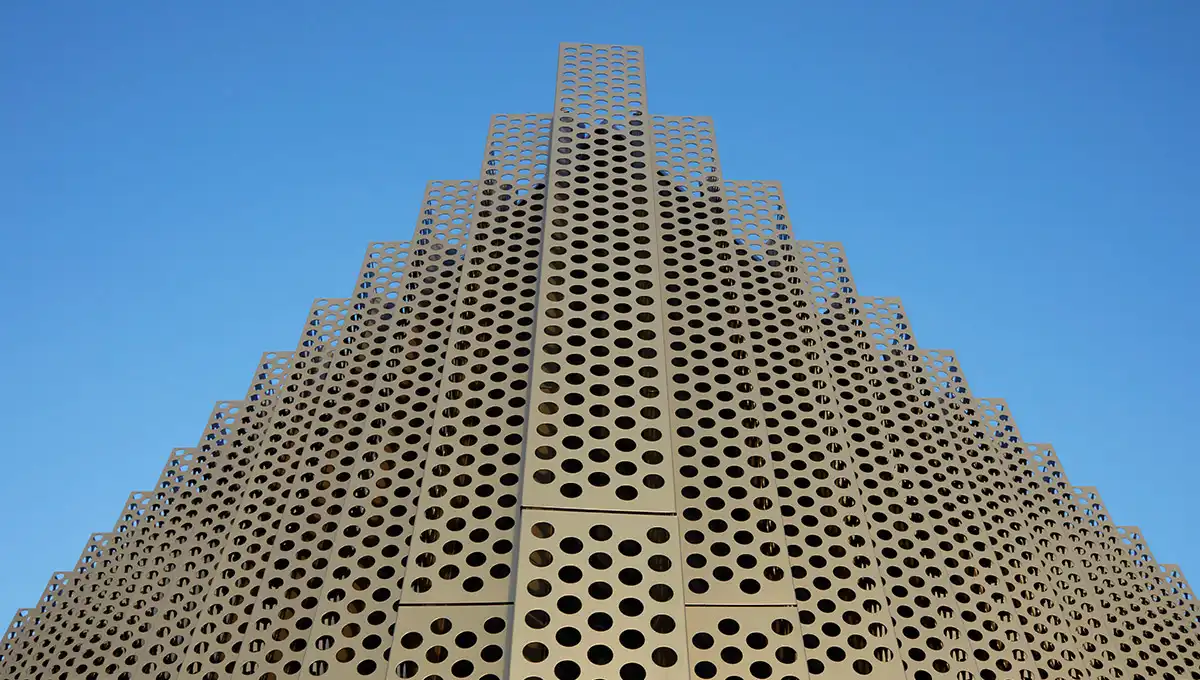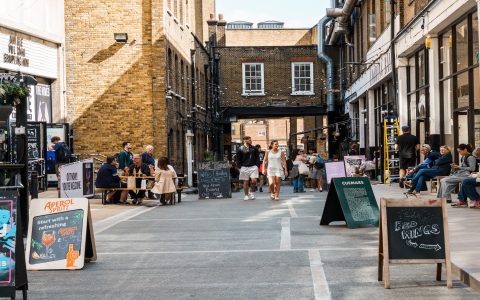Perforated metal facade systems offer architects a versatile solution combining functionality and aesthetics. Their primary uses include sun shading, ventilation control, privacy screening, weather protection, and creating distinctive visual identities. Here are the top 5 building projects leveraging these advantages:
1. Transportation Hubs (Airports, Train Stations)
Perforated metal excels here due to its ability to handle complex geometries and demanding environments.
- Airflow & Ventilation: Controls air movement through large volumes naturally.
- Solar Shading: Reduces heat gain and glare in expansive concourses without blocking views.
- Wayfinding: Pattern variations or integrated lighting guide passengers intuitively.
- Durability & Safety: Highly resistant to impacts, corrosion, and weather extremes.
2. Stadiums and Sports Arenas
The scale and need for robustness make perforated metal ideal.

- Facade Screening: Conceals structural elements, services, and multi-level circulation while permitting ventilation.
- Brand Identity: Bold patterns or logos are easily incorporated.
- Wind Load Management: Reduces structural pressure while maintaining transparency.
- Rain & Debris Protection: Shields concourses and seating areas.
3. Corporate and Commercial Office Buildings
Seeking energy efficiency and modern aesthetics, offices utilize perforated facades extensively.
- Dynamic Sun Control: Optimizes daylight harvesting and minimizes solar heat gain (reducing HVAC load), crucial for curtain wall applications.
- Visual Privacy: Screens service areas while maintaining outward views.
- Architectural Expression: Creates unique corporate identities through varied perforation patterns and metal finishes.
- Green Building Contribution: Enhances energy performance ratings.
4. Cultural & Performing Arts Centers
Perforated metal facades become integral to the artistic expression of these buildings.
- Iconic Aesthetics: Creates dramatic, sculptural exteriors with intricate patterns.
- Interplay of Light: Diffuses daylight beautifully, creating dynamic interior lighting effects for lobbies and public spaces.
- Acoustic Integration: Can be designed with acoustic backing to manage sound reflection and absorption.
- Large-Scale Screening: Efficiently screens large service openings required for theatres.
5. Mixed-Use and Residential High-Rises
Increasingly popular for adding texture, depth, and functionality to tall structures.
- Balcony Screens & Privacy Screens: Provides privacy for balconies and terraces while enabling airflow and views.
- Solar Shading: Shields extensive glazing on residential units, improving comfort and efficiency.
- Façade Articulation: Breaks up massing, adds visual interest, and differentiates building components.
- Ventilation & Safety: Allows natural ventilation in corridors and service areas while acting as a fall protection screen.






